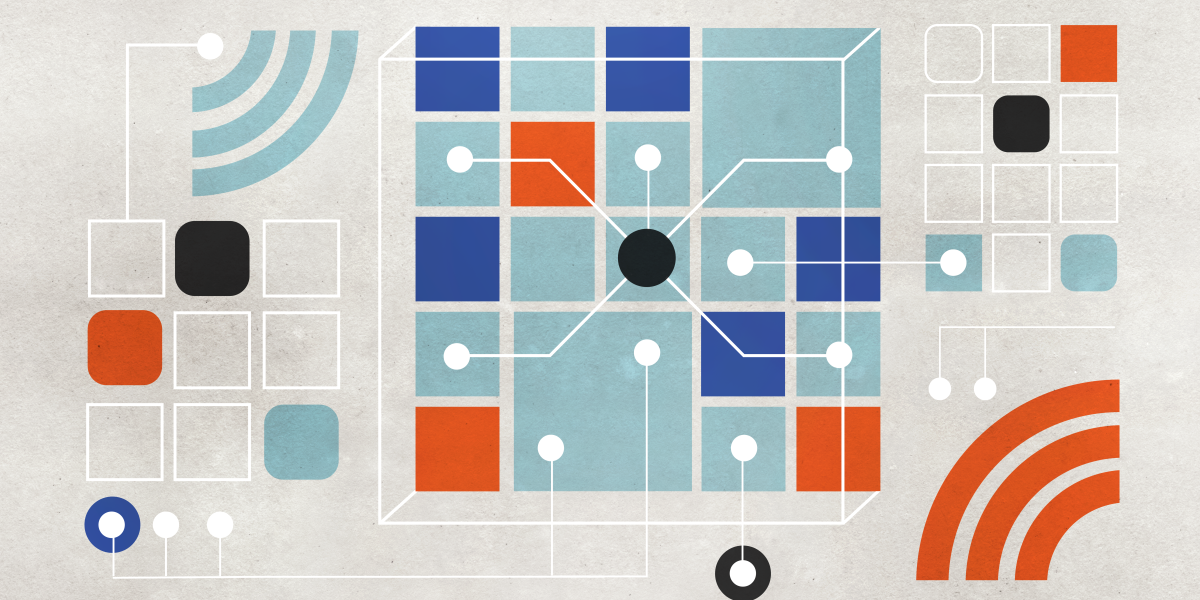
Optical computing, an early approach that was later abandoned in favor of binary electronic circuitry, is also moving forward. I am fascinated by the possibility of building computers that use light as the “working fluid,” passing photons around much the way our present chips do electrons.
This is already happening: silicon photonic chips are providing high energy efficiency and are helping overcome the slowdown issues in traditional GPU architectures. They can reduce the time needed to train deep-learning models, enabling the next generation of advanced AI. There are opportunities to integrate photonics with new low-power chip designs like those from TR35 awardee Hongjie Liu at Reexen Technology.
In the long term, such photonic circuits could help us approach or perhaps even surpass widely accepted limits in computing. Theoretical work in photonic information processing suggests that light can be converted to heat and vice versa, which opens up some remarkable opportunities for all-optical energy storage—essentially batteries made out of photons—and alternative computing architectures.
Many of these projects are still happening primarily in the academic realm, but we are slowly moving toward building larger-scale, more fully integrated systems. If we can continue thinking about how these ideas can be integrated into full computing systems, the coming years should see even more progress away from traditional chips and toward an array of different forms of computing.
Prineha Narang is the Howard Reiss Chair Professor in Physical Sciences at University of California, Los Angeles (and was a 35 Innovators honoree in 2018).
